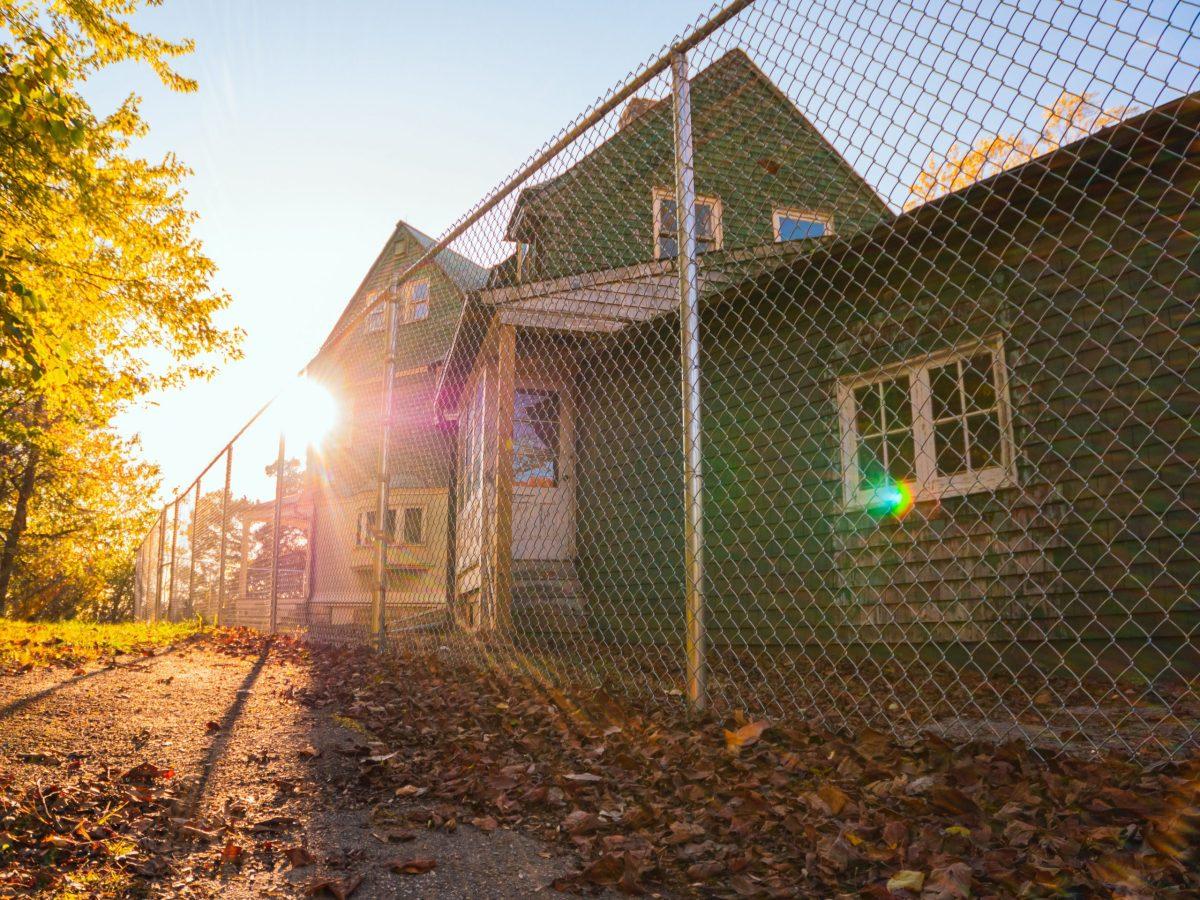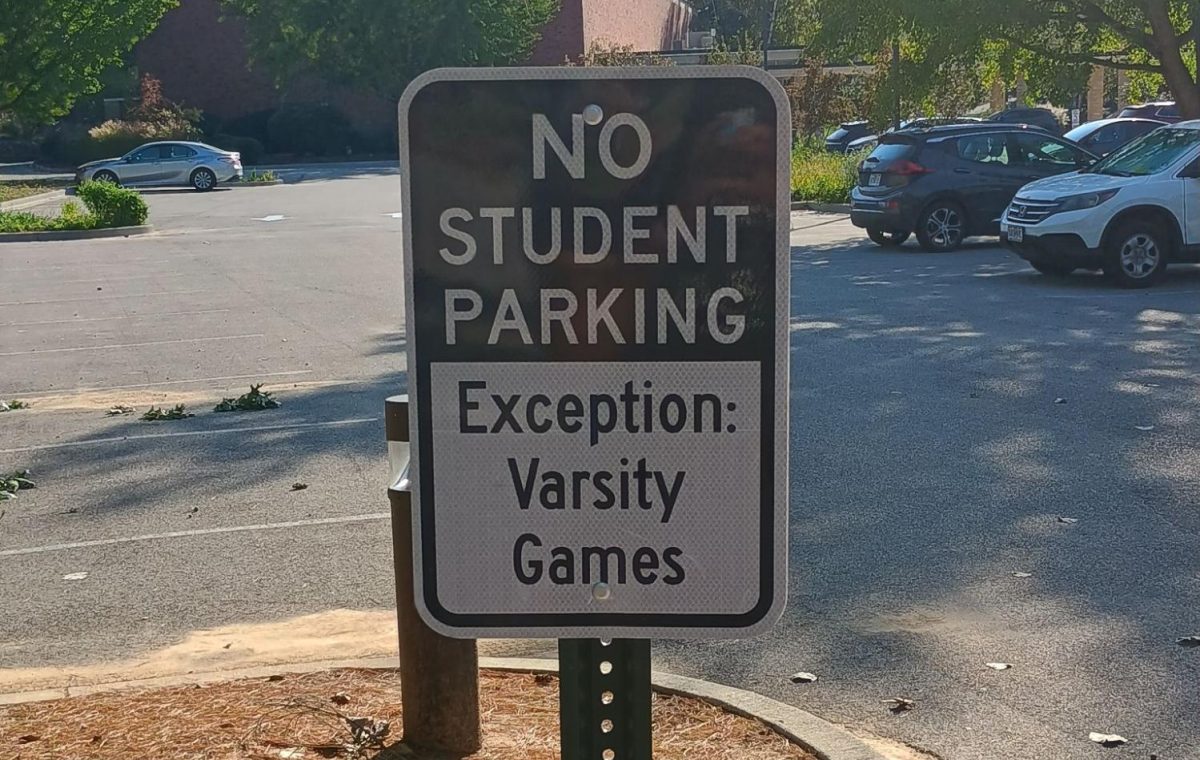By Rachel McLeod-Warrick
With excitement growing about the proposed renovation of Eliestoun House, a variety of students, faculty, and alumni are joining in on the conversation.
Eliestoun, frequently visited now for runs, walks, and even classes, is a staple on the Principia College campus. In the past, it housed students in abroad programs and in “Ed Block,” as well as providing extra space in the event of student overflow. To make it usable again, Eliestoun needs a major (and expensive) renovation.
Helen Wills, chair of the Friends of Eliestoun group, emphasizes the importance of this Principia landmark. “Eliestoun is one of only two remaining buildings at Principia College that preceded campus construction,” she says. “The other one is the stone gatehouse at the entrance to Elsah.”
Designed by architect Alexander Wadsworth Longfellow, Eliestoun was completed in 1890 for the granddaughter of the founder of Elsah as a summer home. When Principia purchased property for the college in the late 1920s, Eliestoun was one of the main estates comprising what would be today’s campus.
“Eliestoun residents have included Bernard Maybeck, Mary Kimball Morgan, and several Principia Presidents,” says Wills. “Since the 1960s, Eliestoun has housed Principia staff and served as a dormitory for various academic groups. Since 1994, Eliestoun has been removed from active use, facing extensive repairs and renovation. Friends of Eliestoun organized in 2014 to raise awareness and funds to support the preservation of Eliestoun.”
In addition to playing a big role in Principia history, Eliestoun is also recognized nationally for its architecture. According to the Principia Art History department, Eliestoun is the finest surviving Shingle Style structure in the St. Louis area. Longfellow, Eliestoun’s architect, apprenticed with Henry Hobson Richardson, who influenced architect Frank Lloyd Wright. This makes Eliestoun the only direct precedent for Frank Lloyd Wright’s prairie houses.
Members of the Principia community were quick to offer their own visions of what a new-and-improved Eliestoun could look like.
“If Principia decides to save Eliestoun…there are a nearly infinite number of academic and co-curricular uses for a restored estate,” says Karen Eckert, professor of Sustainability. “Everything from experiential learning…to community outreach in the form of receptions, tours, adult education…writing retreats, and workshops related to the arboretum, estate history, and a ‘green’ restoration that I hope would include food gardens and on-site energy production.”
Many students agree that sustainability should be a central focus of the restoration. Alumnus Sophia Hathaway believes that it should be used for the biology department as the surrounding area is frequently used for biology classes. Junior George Ghanem thinks that the outdoor garden should be utilized as a space for students to gain hands-on experience caring for an arboretum.
Many students are also focused on the community aspect of Eliestoun, suggesting that the space could work well for social events or presentations. Junior Katie Wood says that clubs or classes could use it for on-campus field trips. Another idea, offered by senior Afton Leslie, is to use Eliestoun as housing for athletic teams when they are on campus for sports camps. Afton also believes that the building would make a great study space for schoolwork or metaphysical work.
The historical importance of Eliestoun is not lost on the community, either. “I feel like since Eliestoun is so iconic and a part of Principia, I’d love to see it turned into some sort of museum for Principia that could have things throughout all the eras of Principia,” says junior E.G. Pierce. “I’m just fascinated by…all the buildings we have and how Principia used to be back in the day. I think it’s important to preserve that.”
For anyone interested in learning more about the preservation of Eliestoun, you can reach out to the Friends of Eliestoun group via [email protected].
Photos courtesy of John Woodall.















